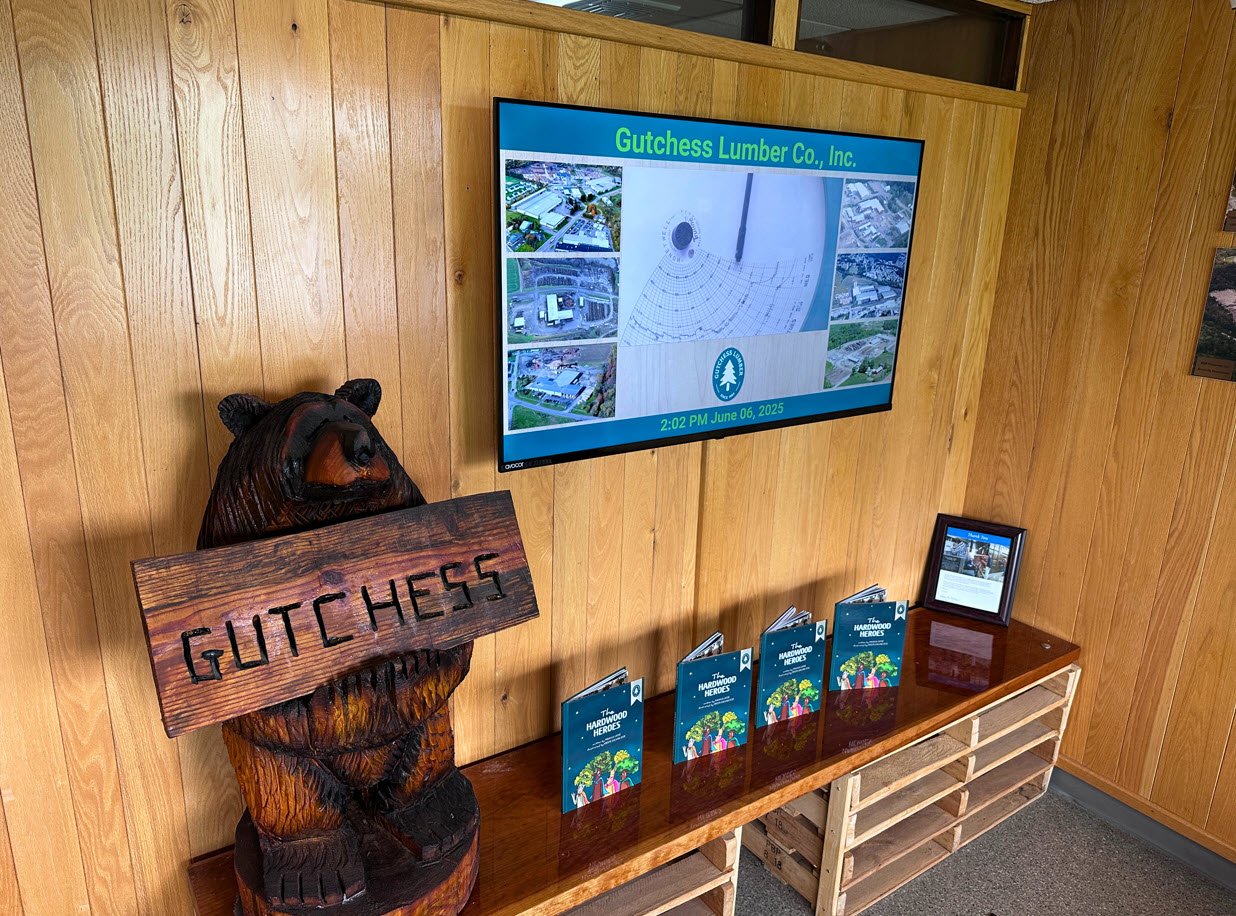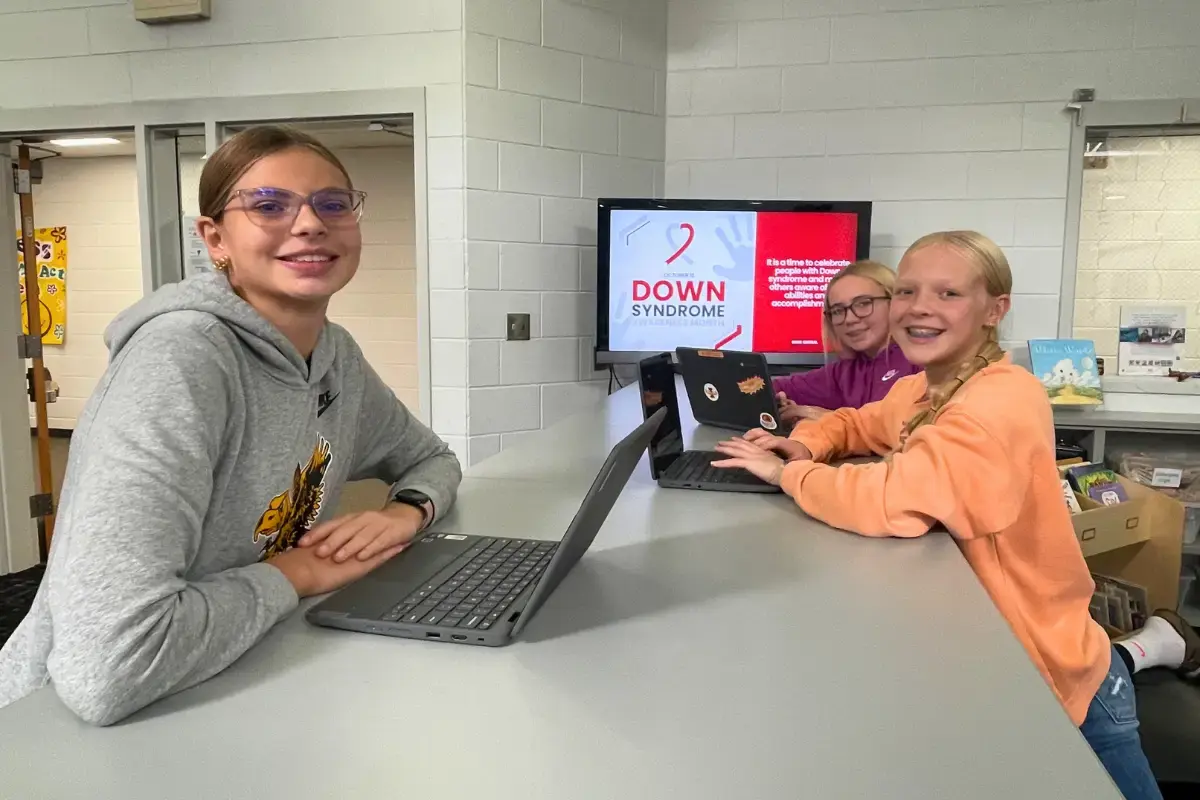Digital Signage Hardware
Rise Vision offers recommended commercial-grade Avocor displays, a media player, and support for a wide range of devices. Or you can use your existing hardware such as media players, TVs, interactive flat panels, projectors, LED displayers, and more.
Rise Vision Hardware Options
Digital Signage System Core Components
Hardware
The physical technology like digital signage media players, digital signage displays, cables, mounts, and other support structures.

Software
A centralized digital signage platform used to manage a single display or thousands across locations—it can encompass digital signage, screen sharing, and emergency alerts.

Content
The customizable templates and seamless integrations with tools to create eye-catching digital signage content that resonates with your audience.
Recommended Digital Signage Hardware
.png?width=362&height=219&name=rise-vision-digital-signage-media-player-hardware-as-a-service-2%201%20(2).png)
Media Player
The Rise Vision Media Player is a compact, reliable digital signage media player designed for seamless digital signage, screen sharing, and emergency alerts. With easy setup, cloud management, and flexible purchasing options, it delivers high performance and security.
-
Use Your Existing Displays
-
Optimized for Rise Vision
-
Designed for longevity
-
Flexible purchasing options
-
Simple setup in minutes
-
Technical support with a 99% satisfaction rating

Avocor Displays
Rise Vision’s all-in-one Avocor displays combine a media player and display for stunning 4K visuals, seamless digital signage, screen sharing, and emergency alerts. With easy setup, cloud management, and flexible purchasing options, it delivers high performance and security.
-
No Media Player Required
-
43” to 98” display sizes with 4k resolution
-
No additional hardware required
-
16/7 usage built for education and commercial environments
-
Landscape format
-
Tamper-proof design
Get Rise Vision, Bring Your Own Hardware
Unparalleled compatibility with a wide range of media players and displays.
Rise Vision makes it easy to bring your own media players and displays that best fit your organization. Rise Vision supports a range of hardware options, including digital signage on Android, Windows, Chrome OS, and Linux, as well as devices like Amazon Signage Sticks, Raspberry Pi, Apple TV, and more—you’re not tied to proprietary equipment.
Displays
Our platform ensures reliable performance on commercial screens, consumer TVs, projectors, and more. This hardware-agnostic approach helps you maximize the value of your existing devices while delivering professional-quality communication with ease.
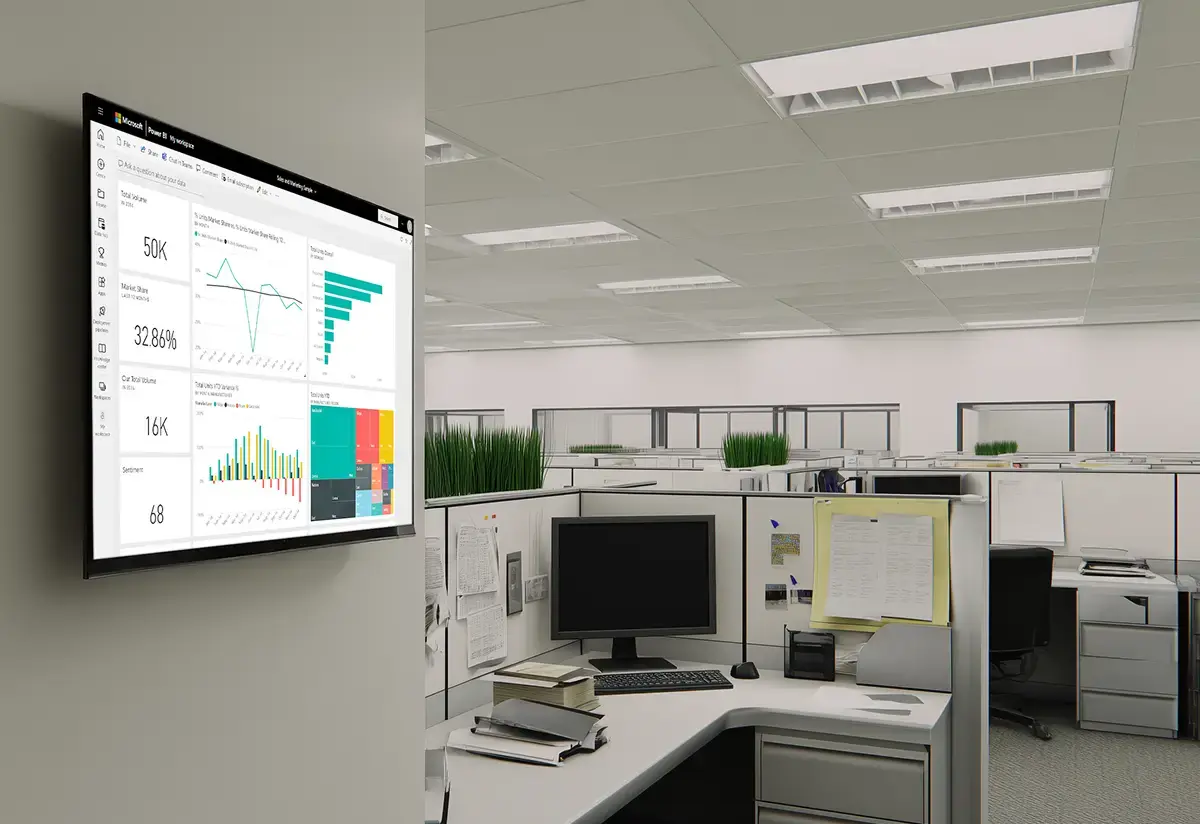
Need help picking the right hardware solution for your needs?
Schedule a free demo with our experts to see the devices and operating systems that integrate with the Rise Vision platform—we'll help you pick the best solution for your needs.

Don't just take our word for it
-
K-12
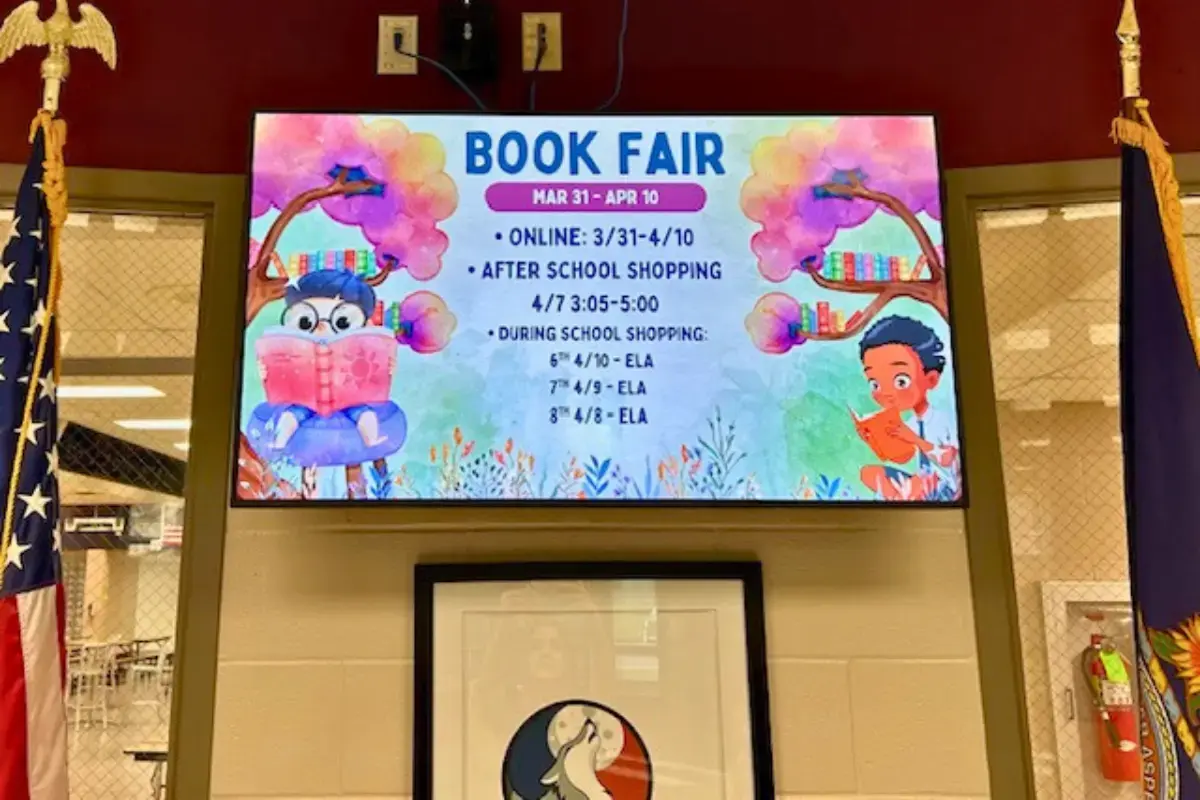
 Switching over to the Rise Vision Hardware as a Service vs. Apple TVs has been a huge timesaver but even more of a frustration saver.View Customer Story
Switching over to the Rise Vision Hardware as a Service vs. Apple TVs has been a huge timesaver but even more of a frustration saver.View Customer Story
 Stephanie MausleinBuilding Secretary at Monticello Trails Middle School
Stephanie MausleinBuilding Secretary at Monticello Trails Middle School -
Higher Education
.png)
 Rise Vision has transformed how we communicate across campus. The Rise Vision Media Players have been especially valuable. They’re reliable, easy to deploy, and ensure our content runs smoothly across all screens.
Rise Vision has transformed how we communicate across campus. The Rise Vision Media Players have been especially valuable. They’re reliable, easy to deploy, and ensure our content runs smoothly across all screens.
 Jeremy BoldenEngineer & Academic Technology Specialist at North Greenville University
Jeremy BoldenEngineer & Academic Technology Specialist at North Greenville University -
K-12

 Installation was seamless. We unboxed the displays, connected them to Wi-Fi, entered the activation code, and they were ready to go. Some installs took as little as 15 minutes.View Customer Story
Installation was seamless. We unboxed the displays, connected them to Wi-Fi, entered the activation code, and they were ready to go. Some installs took as little as 15 minutes.View Customer Story
 Tim CooperInstructional Technology Support Specialist at York School District One
Tim CooperInstructional Technology Support Specialist at York School District One
12,300+ Organizations Trust Rise Vision, You Can Too
Schedule a Free Demo
You deserve the #1 all-in-one platform for digital signage, screen sharing, and emergency alerts.





Our Customers Put Their Trust in Us, You Can Too

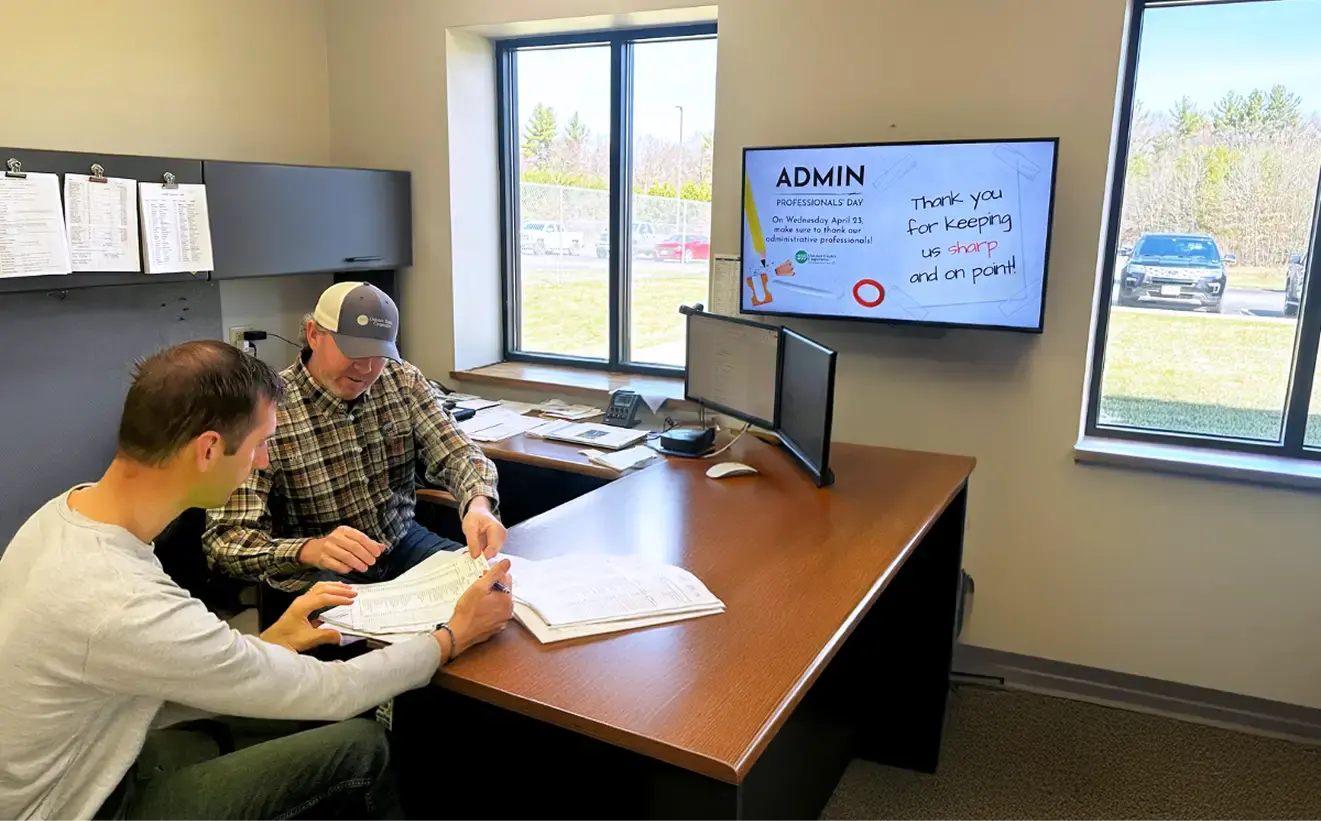
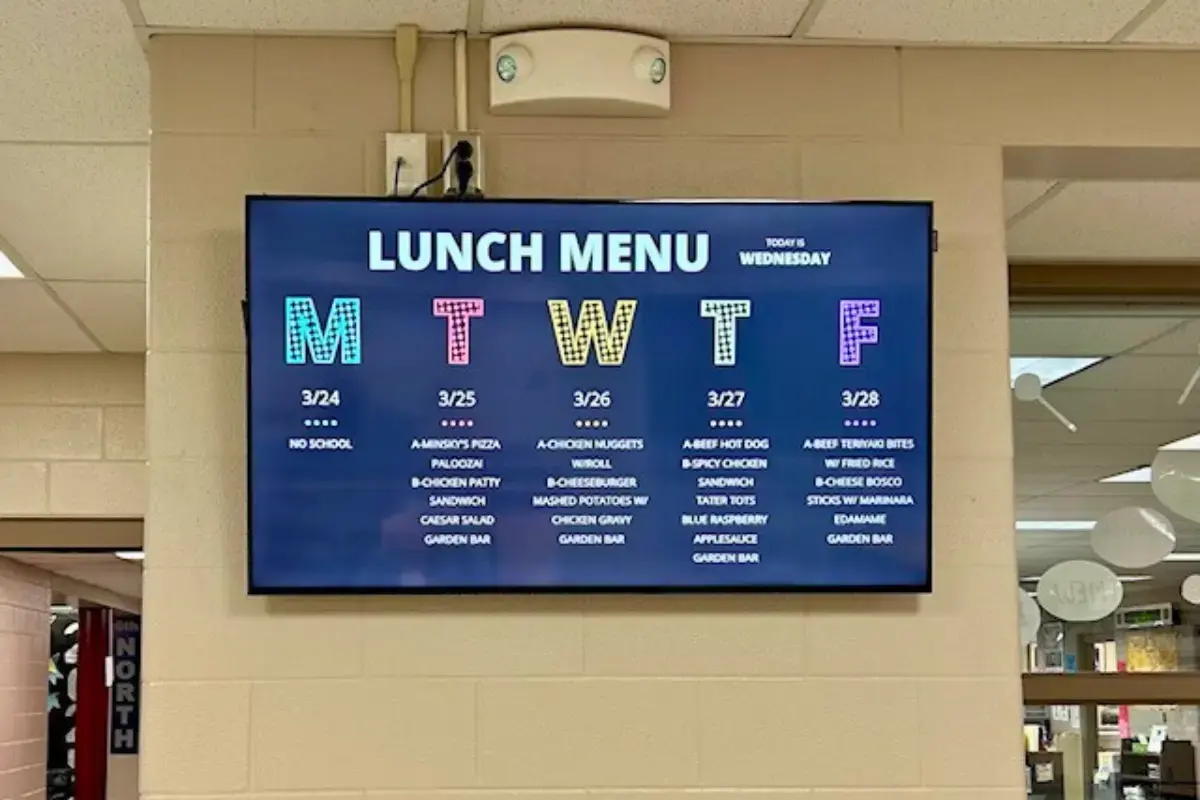
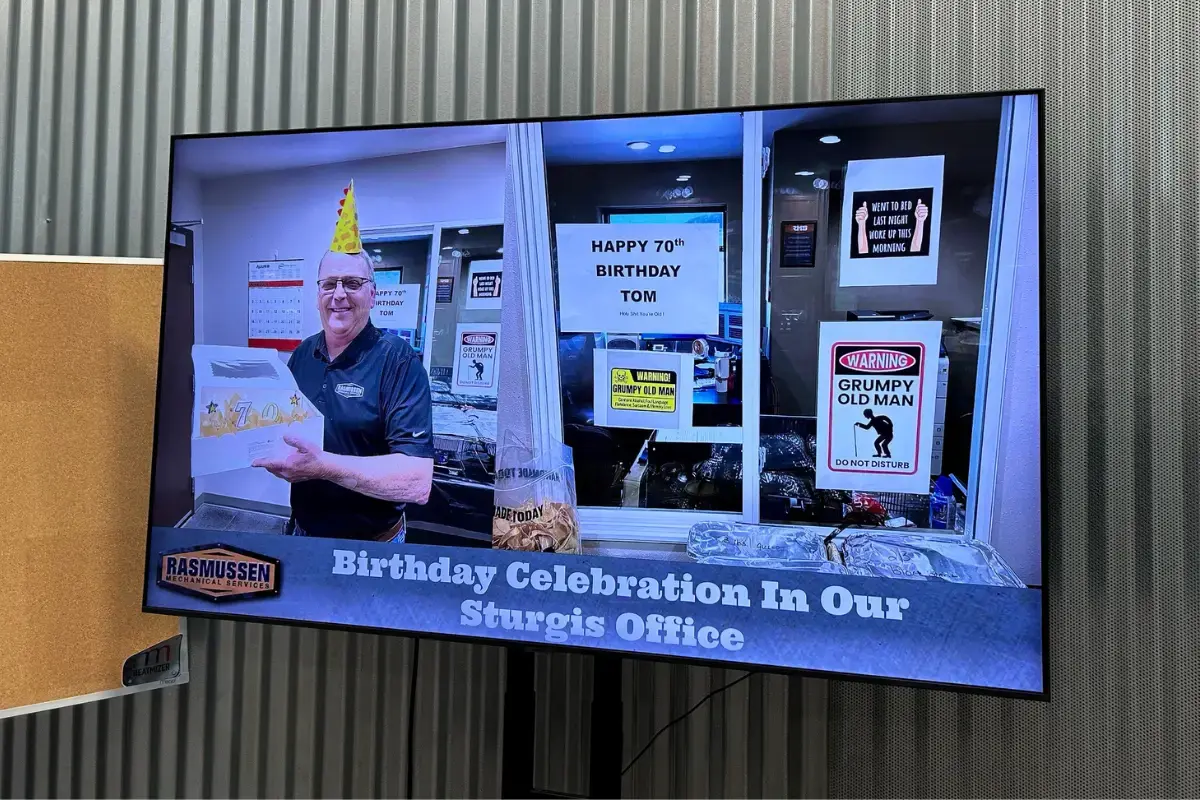
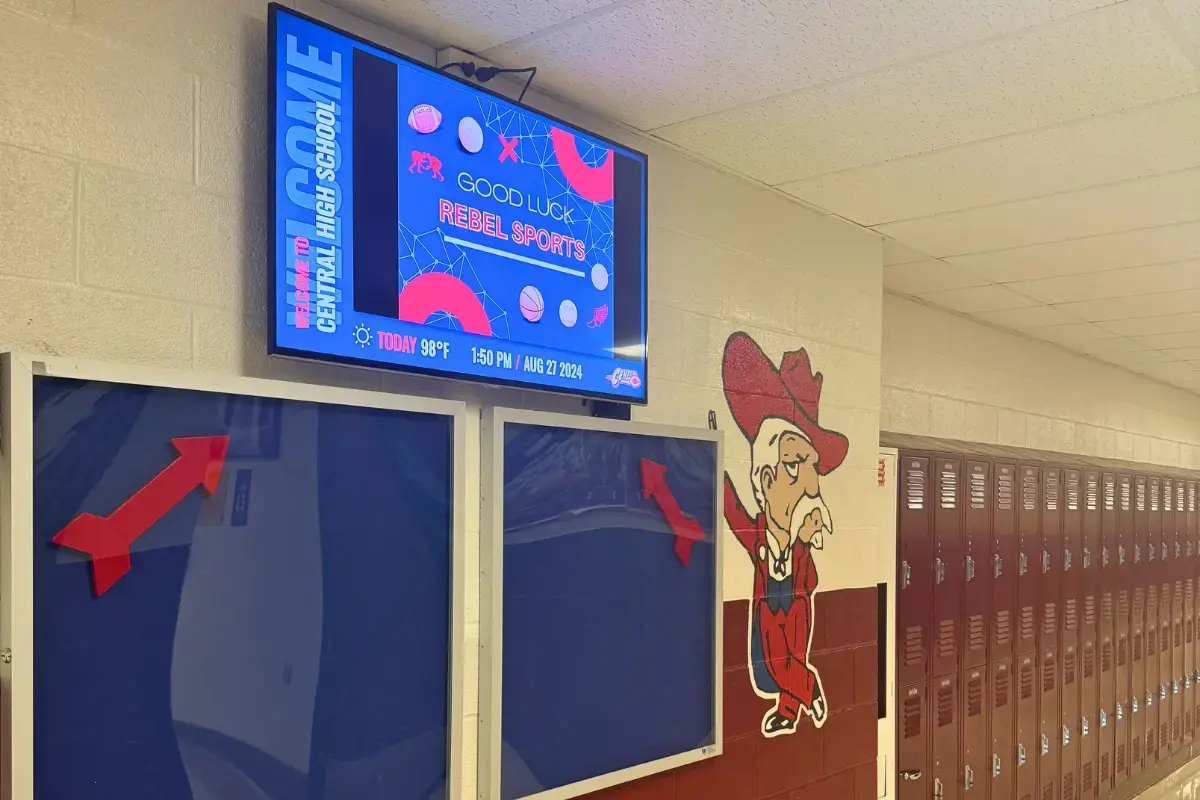

Get your free demo
Get a personalized tour of the Rise Vision digital signage software solution and see how you can improve communication at your organization.
Get Started with Rise Vision
Select your hardware
Choose the best hardware for your needs—use our recommended Avocor displays or media players, or bring your own hardware.

Set up your software
Create your Rise Vision account and customize your digital signage, screen sharing, and emergency alerts.

Engage your audience
Push content to your displays, set up your employees to screen share, and manage communication, collaboration, and safety across multiple locations with ease.
Why Rise Vision for Digital Signage Hardware?
Rise Vision offers recommended commercial-grade Avocor displays, a commercial-grade media player, and support for a wide range of hardware so that you can use your existing technology.
High Performance
The Rise Vision Media Player and Avocor Display flawlessly handle demanding schedules, and is designed for digital signage, screen sharing, and emergency alerts.
Flexible Purchasing Options
Choose the ownership model that works best for your needs and integrate with all of the Rise Vision solutions seamlessly.
Simple Setup
Effortlessly deploy and manage your Rise Vision Media Player or Avocor Display with easy-to-use software, bulk activation tools, and fast support






-3.png?width=658&height=442&name=image%20(2)-3.png)






.webp)

.png)
